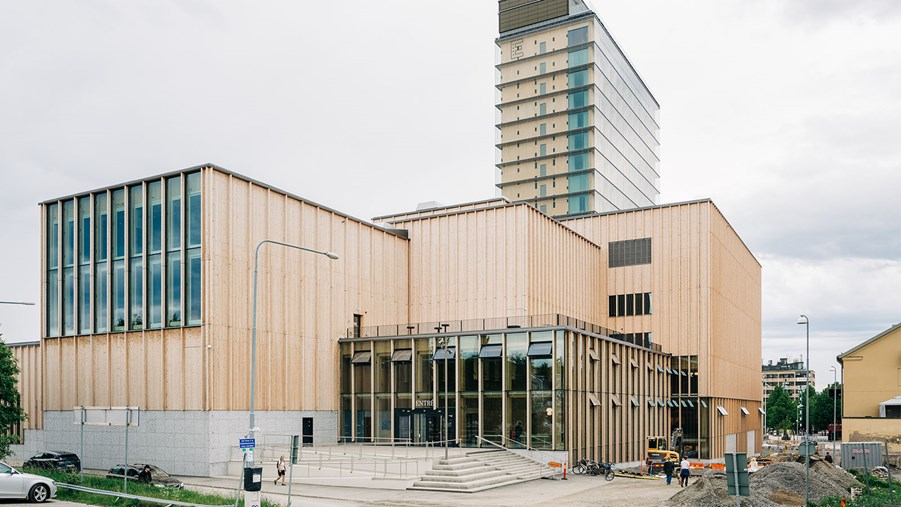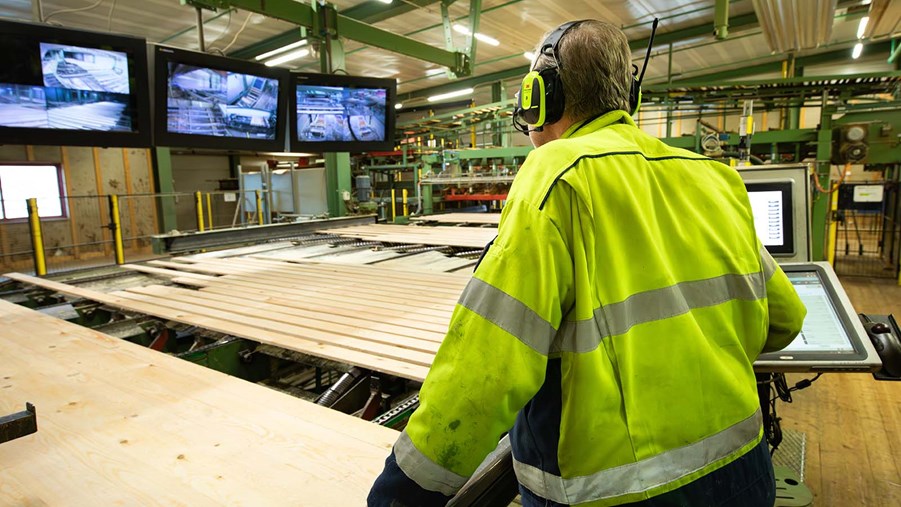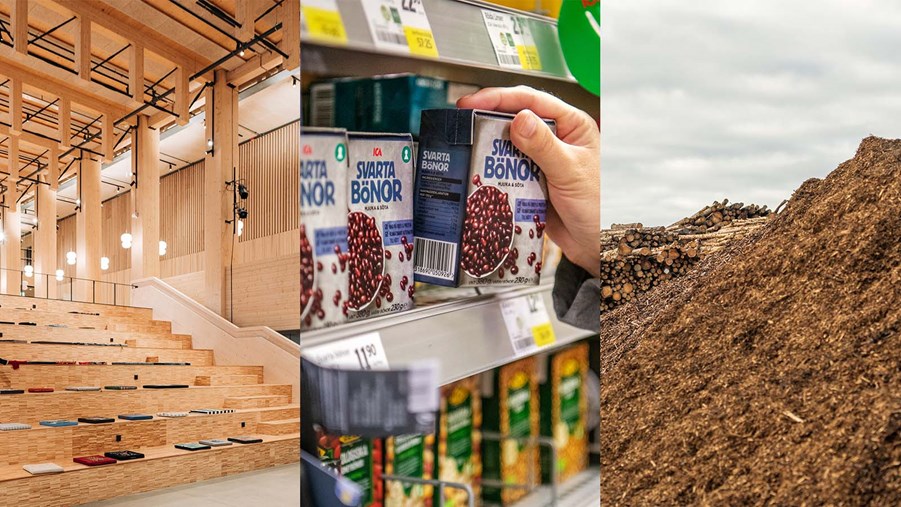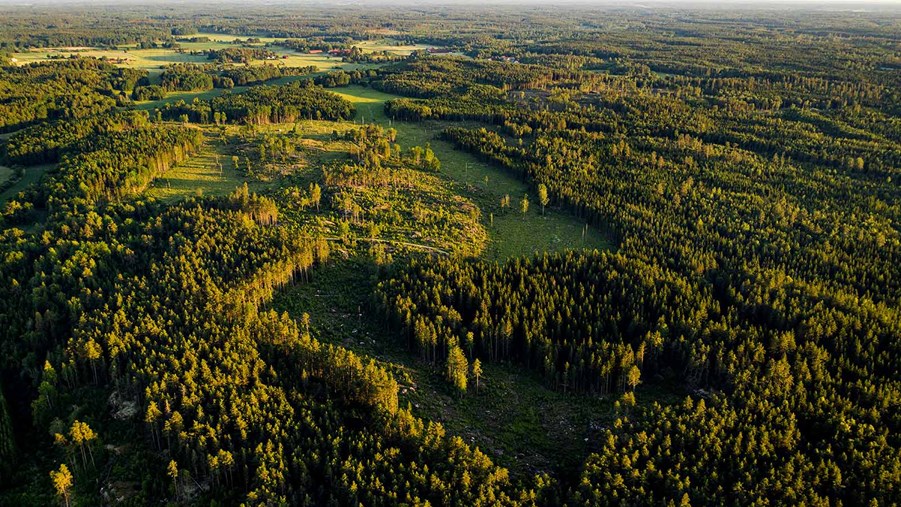
The Swedish Forest Industries (SFIF) stresses that the new EU Bioeconomy Strategy promotes sustainability, competitiveness and resiliance in a tangible way. By boosting the forest-based bioeconomy, we can adress the gaps in EU competitiveness and renewable materials.
To adress the fundamental needs of the EU Bioeconomy strategy, the strategy needs to:
- Establish the central role of a circular bioeconomy for European competitiveness, resilience and security needs
- Address the urgent need to prioritise substitution of fossil-based products and materials to cut carbon dioxide emissions and external dependencies
- Include climate policy instruments for buildings and products and a revision of the LULUCF framework
- Include initiatives for regulatory simplification and biomass mobilisation
EU Bioeconomy Strategy
The purpose of a Bioeconomy Strategy is to accelerate the development of a sustainable European circular bioeconomy. The strategy's aim is to reduce dependence on non-renewable and unsustainable resources, manage natural resources sustainably, ensure food and nutrition security, limit and adapt to climate change and strengthen European competitiveness and create jobs.
The first EU Bioeconomy strategy was developed in 2014, and has since then been adjusted.
On 26 February 2025, the European Commission presented its proposal Clean Industrial Deal, which focuses on EU competitiveness and decarbonisation. It highlights the importance of a circular bioeconomy that can substitute fossil materials with renewable materials like wood.
What happens now?
March 2025 – Public consultation
Oct/Dec 2025 – Possible timing for the Commission to present its proposal for a strategy




